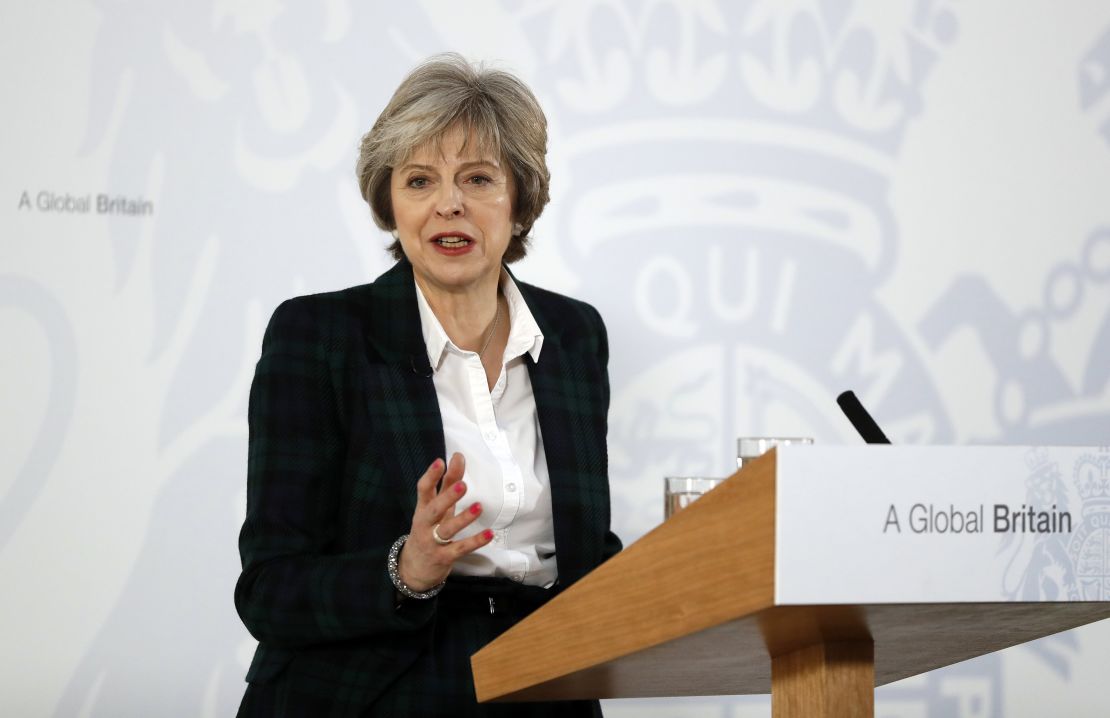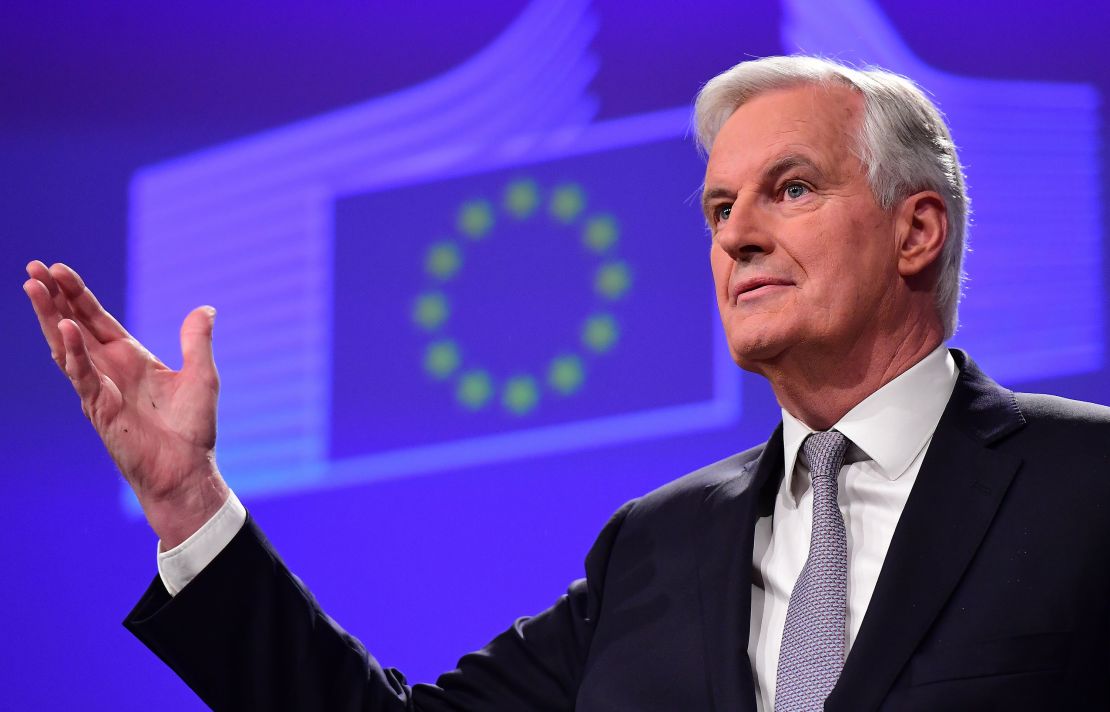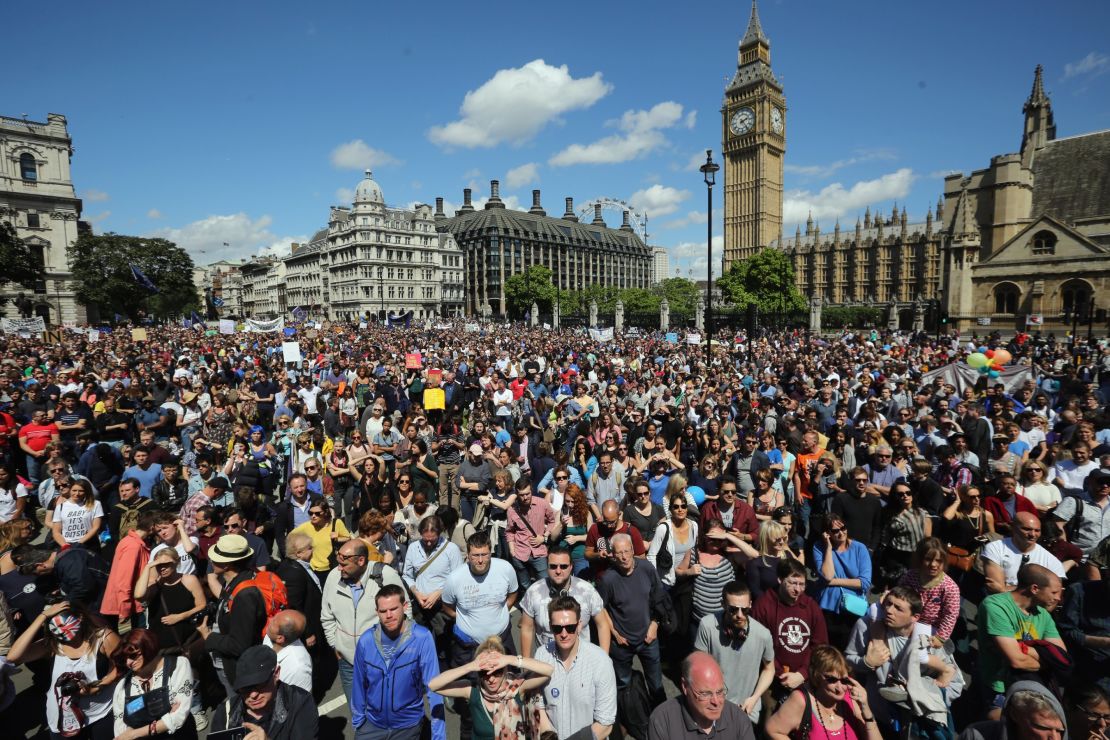Story highlights
Article 50 of Lisbon Treaty paves way for formal negotiations between EU and Britain
Once invoked, agreement on UK-EU relations has two-year deadline
British voters opted out of the European Union in last year’s historic referendum, but Brexit can’t actually get underway until Article 50 of the Lisbon Treaty is triggered.
So what is Article 50?
The Lisbon Treaty, which came into effect in 2009, is one of two treaties that make up the constitutional foundations of the European Union. Within the Lisbon Treaty lies a 250-word, five-point framework, which outlines voluntary departure from the European Union.
Article 50 states: “Any Member State may decide to withdraw from the Union in accordance with its own constitutional requirements.”
The article specifies that the exiting state must notify the European Council of its intent so formal negotiations for a withdrawal agreement can begin.
Once triggered, the clock starts on a two-year deadline, by which time all EU laws and treaties will be terminated if a deal is not struck.
When will it be invoked?

Prime Minister Theresa May has said she wants to trigger Article 50 by the end of March 2017, which would leave Britain departing the European Union by 2019.
The UK Supreme Court has ruled that she must hold a vote in parliament first. That could complicate matters for May: opposition lawmakers could table amendments to the government’s bill that could delay the process. They are not, however, expected to block it completely.
READ: May outlines plan for Brexit
What happens next?

Once Article 50 is triggered, talks will begin between negotiators for the remaining 27 member states and the United Kingdom to extract the country from the European Union and work out future relationships. It’s a complicated process with a number of political hot potatoes including trade, open borders and freedom of movement on the table.
The final deal must then pass the European Parliament and the Council of Ministers before it can be signed off.
Following this, May has said the UK Parliament will be given the opportunity to sign off on the agreement before it becomes law.
READ: How prepared is Britain for Brexit?
What if the UK changes its mind?

In the short term, it would be pretty difficult to reverse Brexit. But not impossible.
At any stage after Article 50 has been invoked – but before the divorce has been finalized – the United Kingdom could theoretically hold a second referendum on the terms of the deal or even whether to remain in the European Union.
Scotland and Northern Ireland could also delay the deal and elections across Europe this year could slow negotiations, according to experts.
Another option could see the UK Parliament vote down the divorce agreement if they deem it unworthy when it’s presented in 2019, but that would still leave Britain out of the European Union with no agreement in place.
After Britain leaves the European Union, the only way back would be by seeking to rejoin the bloc through Article 49 of the Lisbon Treaty.
In the current febrile political atmosphere, any of these scenarios are relatively improbable. But in the wake of President Donald Trump’s rise to power and Brexit itself – both of which opinion pollsters failed to predict – who can say what will happen?
CNN’s Dave Gilbert and Henrik Pettersson contributed to this report.

















